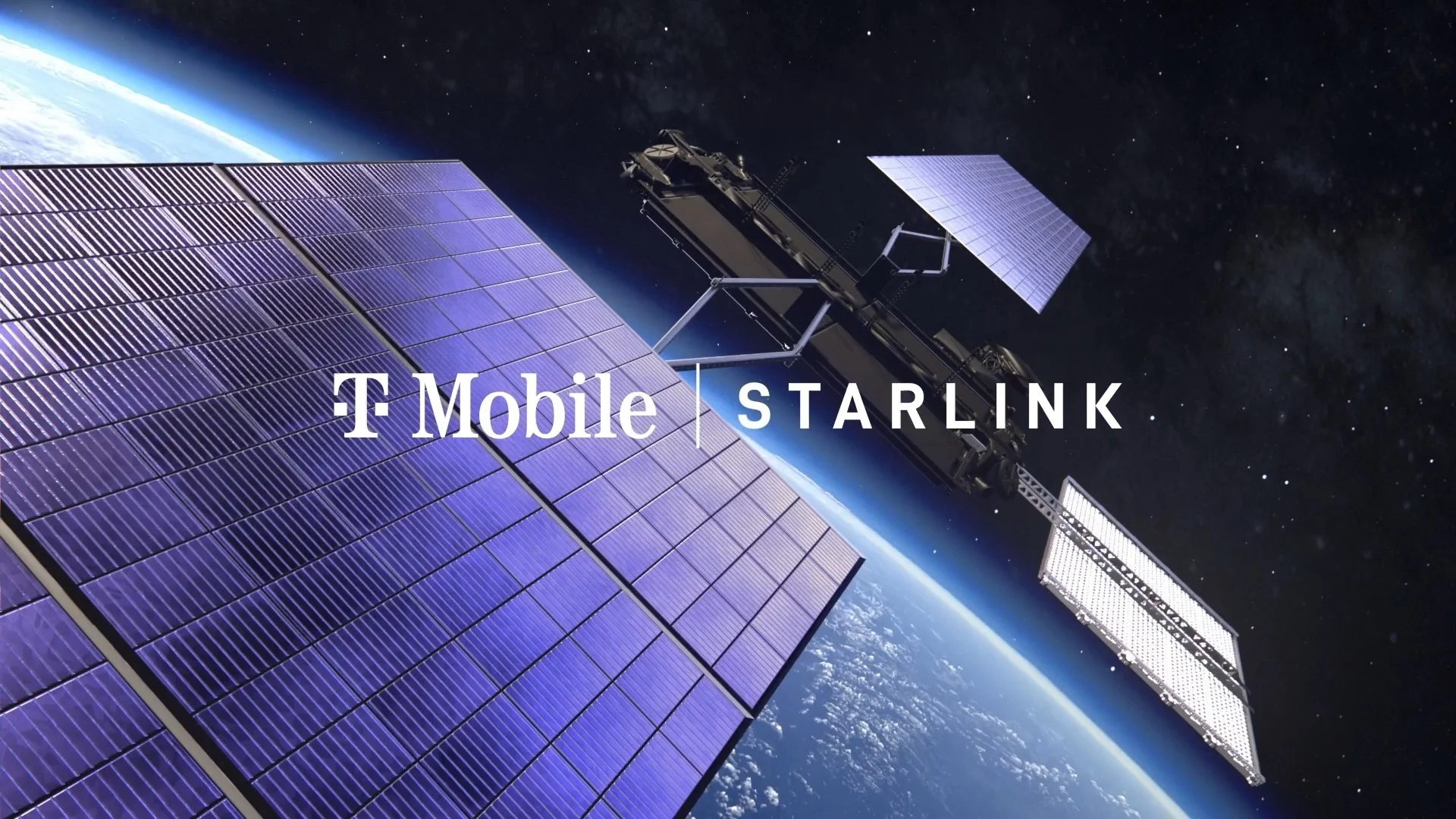
The recent Super Bowl brought with it lots of surprises and, once again, a few of them came from the very pricey ads shown during the broadcast. One of the most intriguing was T-Mobile’s spot describing free satellite smartphone service available to customers of any major wireless carrier, including AT&T and Verizon (as well as T-Mobile, of course).
In other words, T-Mobile — in conjunction with satellite provider Starlink — is essentially introducing satellite service when you’re in an area without traditional cellular service to just about anyone in the US with a mobile phone that’s not more than about 4 years old.
There is, not surprisingly, some fine print to the offer, however.
Most importantly, you have to sign up for the limited number of spots that T-Mobile is making available for the free trial beta test. If you do get in, you’ll have access to free text messaging, location sharing and 911 emergency text services through June in remote “dead zones” that don’t have traditional cellular service. After the commercial service launches in July, you’ll pay $15 a month if you’re an existing T-Mobile customer (only $10/month if you sign up for the beta in February) or $20 a month if you’re with AT&T or Verizon. For customers of T-Mobile’s high-end Go5G Next plan (priced at $105/month), the satellite service will be bundled for free.
Note that AT&T and Verizon customers do not have to change their existing cellular plans, nor will it change how and where those work. This T-Mobile service will essentially sit on top of those services and only kick in when needed — when you’re off the grid.
As mentioned, the initial service will be limited to basic text messages and location info, but voice calls, texts with images and data support for a certain number of applications are being developed. Don’t expect to be able to do bandwidth-heavy things like stream YouTube or Netflix videos from a remote mountaintop — at least not for a while. Instead, you’ll likely be able to run things like messaging apps, mapping apps and other low data rate applications as data support is enabled.





